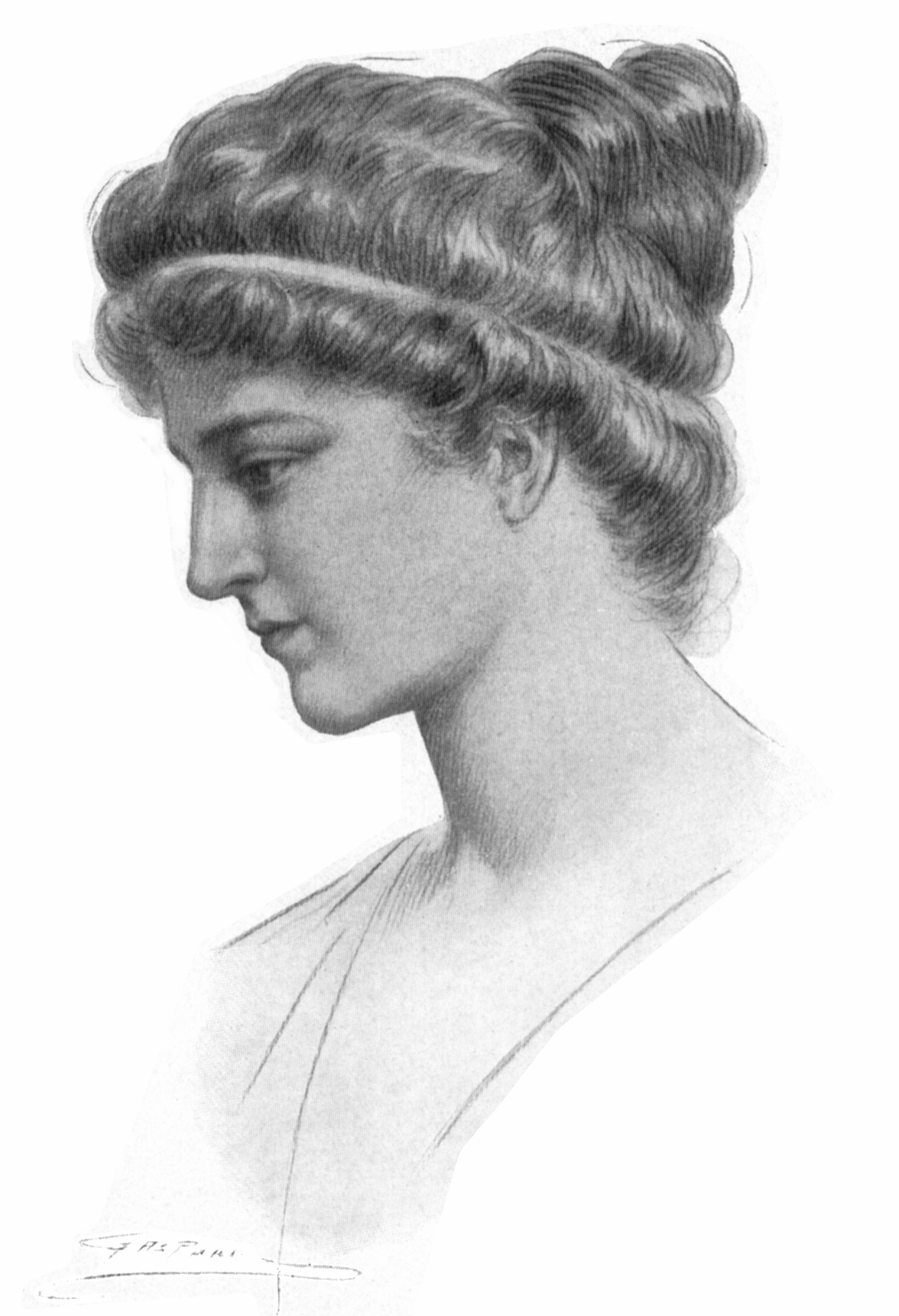During my math capstone course we took a day to look at Sophia Germain. This was the first time I learnt about female in the math field. Before, I knew that mathematics had some female mathematicians in their history, but I never knew who and what they contributed. This class got me interested in learning about other female mathematicians. Below are some that I found a read up on their life, what they contributed, and when.
Hypatia ~370 AD - 415 AD
 Born in Alexandria, Egypt to a father whom was also a mathematician, she had a great supported. Theon, her father, had a different philosophy to raising his daughter than most others at the time. He wanted her to know and think that she could do anything that she put her mind to. Thus, expressed education and physical activity were good to have to help you succeed. Following in her fathers footsteps, Hypatia, eventually surpassed his knowledge and at this point he sent her to Athens to study mathematics. After completely her studies, she returned to Egypt and taught. While teaching, she continued to do research. In her research, she is most known for coming up with the idea of hyperbolas, parabolas, and ellipses. Because of her teaching abilities she was able to explain the tough, dense math topics and ideas to other easily. Although she contributed a lot to the math community her life ended tragically in a murder, because others thought she was a witch and doing black magic, when she was just developing math concepts!
Born in Alexandria, Egypt to a father whom was also a mathematician, she had a great supported. Theon, her father, had a different philosophy to raising his daughter than most others at the time. He wanted her to know and think that she could do anything that she put her mind to. Thus, expressed education and physical activity were good to have to help you succeed. Following in her fathers footsteps, Hypatia, eventually surpassed his knowledge and at this point he sent her to Athens to study mathematics. After completely her studies, she returned to Egypt and taught. While teaching, she continued to do research. In her research, she is most known for coming up with the idea of hyperbolas, parabolas, and ellipses. Because of her teaching abilities she was able to explain the tough, dense math topics and ideas to other easily. Although she contributed a lot to the math community her life ended tragically in a murder, because others thought she was a witch and doing black magic, when she was just developing math concepts!
Noether was born in Germany to her parents. From a young age, she was always interested in math. However, she received her teaching certification for foreign languages. Even after this period in her life, she had that passion and love for math she wanted to pursue. Although she was not able to registrar for her classes because of her gender, she was allowed to sit in on the course; so she did. Finally she was able to enroll in classes and after about three years of studies she received her math degree. After graduating, she continued to study and research mathematics. She is best known for her research in abstract algebra. The Noetherian rings are named after her. She also helped develop the axiomatic approach to math.
Sofia Kovalevskaya 1850 - 1891
Kovalevskaya's bedroom wall paper were her fathers calculus notes. This is where she started to learn math and teach it to herself. Although, this is not what her parents wanted her to do. They forbidden her from teaching herself mathematics and studying the subject, because they believed that women should not have a higher education. That's where Kovalevskaya hid in her room and studied mathematics. She taught herself trigonometry in her teen years and after completing her secondary education continued on to an university. She complete her degree and went on to do research.
Germain is a French, self-taught mathematician. All of her material for which she taught herself was from her male friends whom were able to attend the school. Her parents were opposed of her studying mathematics so they took her light and candles away at night. But at night she would use the candles she smuggled and continued her studies. She is best known for a limited proof Fermat's last theorem, for prime numbers under 100. She has won prizes for her work. Germain was praised by male mathematicians of her work. Gauss especially liked her number theory proofs. She died at the age of 55 due to breast cancer.
It was interesting to look and learn about some women mathematicians and the struggles that they had to go through to pursue their passion. From females not even allowed to enroll in a university, to parents saying no, they all overcame the obstacles and pursued their dreams. I couldn't imagine going through what all three of the above women did. But it also made me realize that if you truly believe in what you love, you can achieve it. Learning about these three women have added to my experience as a female math student to work hard and never give up no matter what others think or feel.
Source: http://scholarship.claremont.edu/cgi/viewcontent.cgi?article=1154&context=cmc_theses
and MTH 495 notes
Source: http://scholarship.claremont.edu/cgi/viewcontent.cgi?article=1154&context=cmc_theses
and MTH 495 notes
Four women!
ReplyDeleteGood historical notes, an important quartet, and good consolidation. 5Cs +